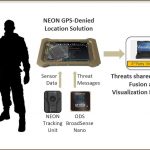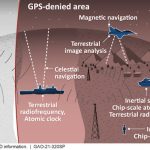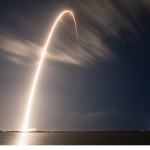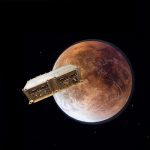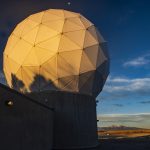Galileo EU Defence (GEODE), The Biggest Galileo Application Ever Launched
Work on the Galileo EU Defence (GEODE) program began earlier this year when a consortium of 30 organizations from 14 European Union (EU) member states met to initiate “the biggest Galileo application development project ever launched” and “one of the most ambitious defense cooperation projects launched under the umbrella of the European Defence Industrial Development Programme (EDIDP),” according to consortium leader FDC.
By Inside GNSS



